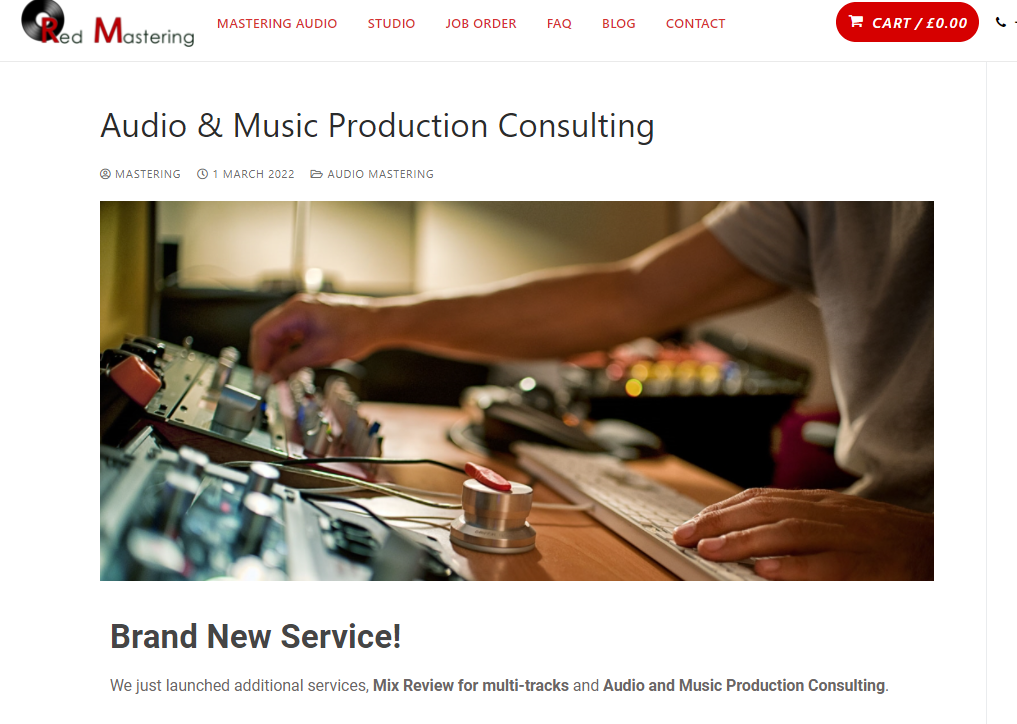The Final Mixdown- A Guide from Professional Mastering Engineer
“Garbage in, garbage out” is one of the common quotations of the mastering engineers. The source material quality that is being used determines the quality of the final product that comes as a result. Most of the clients do not have any problem in following the simple preparation procedures, but they usually do not reach out further too much. Once the sound mix feels good to them, they can get it done. Generally, there are high levels of refinement that are paying to high levels of dividends.
Mastering and mixing are two important aspects of sound engineering. In the earlier days, both these procedures are not taken into too much consideration. But, now the musicians have realized their importance and what role they play in bringing the best sound that is good to hear. These techniques also remove the bad sound from the tracks and make it more audible. The musicians, band members or the solo singers now send their raw music files to the professional music mastering engineer through online for polishing the tracks and mastering.
Here are Some of the Points that are Given by the Professional Engineer for the Final Mixdown-
1. Choose the Reference-
First, you should find a major label track that is having the perfect tonal balance that you are looking for. You should find the ideal track that has not totally decimated in the process of audio mastering; as you will be comparing it will be the un-mastered tracks. This step is very important while making the final mixdown.
2. Load in the Tracks-
Ok, I may assume that you have already sorted all the sound tracks for the release as the stereo 24 bit, higher than it has or may be AIFF files, without any processing in the master bus. These tracks peak under 0 dB. If they hit the 0 dB, this means that they are clipped. The more lowering the gain on the master bus by 6 decibels, you can again try it. Once, you are getting the clear mixdowns, improve your DAW and then put each of them on different channels.
3. Trim Each of the Tracks with Clip-
Most of the professional mastering engineer uses the loudest section of each track as the standard in the entire mixing. In almost all the cases, this indicates trimming al the tracks to about 15 seconds or more of the chorus track. Make sure to a solo individual channel before you are hitting the play so that it is not affecting your ears. May be you can turn down the reference track by the 12 dB as it is already mastered.
4. Match the Volumes-
You can bounce between the reference and the mixdown, this is one by adjusting the sound volume levels as long everything matches. Make sure that you are gaining the adjustment at the very clip level, mainly not on the channel so that you are not losing the settings.
These are some of the steps, which lead to final mixdown of the sound tracks at a studio.


Comments
Post a Comment
http://redmastering.co.uk Online Mastering Studio